Converting hump yards to flat-switching facilities was a key element of E. Hunter Harrison’s PSR strategy at Canadian National, Canadian Pacific, and CSX Transportation. And at CSX, where Harrison idled eight of the railroad’s dozen humps, executives zeroed in on a target number of humps the railroad was likely to keep in operation.
But the focus on shutting down humps is misplaced, Vena told an investor conference this week. Instead, the emphasis should be on reducing car handlings and moving them across the system as quickly as possible.
“Did we shut down and curtail operations at two hump yards? Absolutely. Is there probably more that we’re going to do? Absolutely,” Vena says. “But at the end of it what it comes down to is: What can you do to move a railcar faster? A hump yard works very efficiently. There’s nothing better than a hump yard when you’re humping 1,800 cars and you’re trying to classify them.”
But if you’re classifying only 1,000 cars per day at a hump yard, you’re better off figuring out a better place to handle that traffic, Vena says. That’s what UP did when it idled the humps at Hinkle, Ore., and Pine Bluff, Ark., earlier this year.
UP did not have a lot of local traffic that needed to stop at Hinkle, for example.
“So you’ve got a step in the process that you don’t need,” Vena says.
Removing intermediate switching is key to improving car velocity, Vena says.
“If I can only touch it at L.A. and go all the way to Chicago with it, that’s what I want to do,” Vena says.
Vena says he’s not sure how many hump yards UP will ultimately have in its network — and that observers can’t infer how many UP should have based on the numbers at other Class I systems.
UP paused construction of Brazos Yard, the $550 million hump yard that was being built near Hearne, Texas, to classify cross-border Mexico traffic as well as volumes destined to and from the Houston area.
Construction was halted because UP doesn’t yet need the yard’s classification capacity and the money earmarked for Brazos could be better spent this year on new and extended sidings that will enable the use of longer trains on the Sunset Route west of El Paso, Texas.
“When we look at the network that we have today, you look at every facility you have and you decide whether you can handle the business and have growth in the business at this point with the capacity that you have,” Vena says. “You do not want to miss and have a railroad that is not capitalized properly so that you can’t handle growth in the business that you see in the next few years.”
After that review — and boosting yard productivity elsewhere in the system — UP concluded it does not yet need Brazos.
Before CN veteran Vena arrived at UP in January, CEO Lance Fritz said the railroad’s Southern Region hump yards were all operating near, at, or above fluid capacity.
Vena says the best planners in the company thought the hump at North Little Rock, Ark., for example, could handle a maximum of 1,800 cars per day.
“With a few tweaks and a little bit of hard work — getting some dirt under the fingernails — we’re doing 2,500-2,600 cars there,” Vena says. “So if you do that, it changes the infrastructure needs that you have.”
Vena says UP will move ahead with the Brazos project when it needs more classification capacity.
Vena spoke on Tuesday at the Bank of America Merrill Lynch 2019 Transportation Conference.





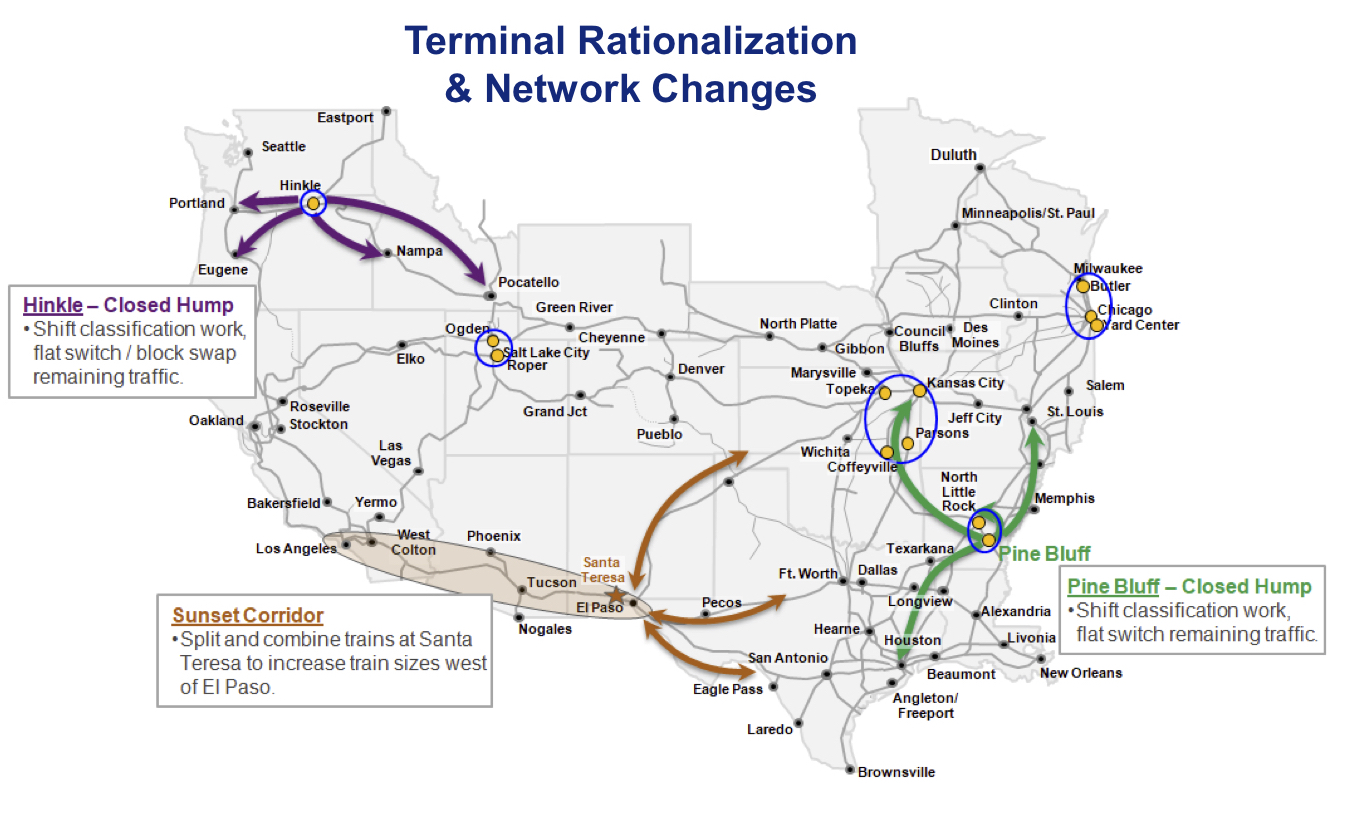

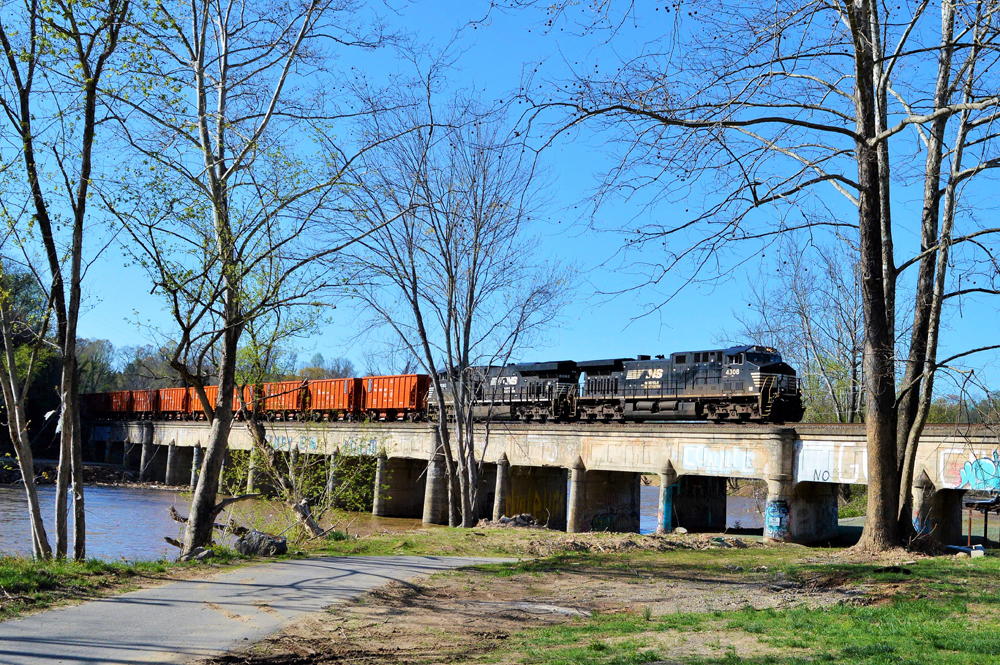
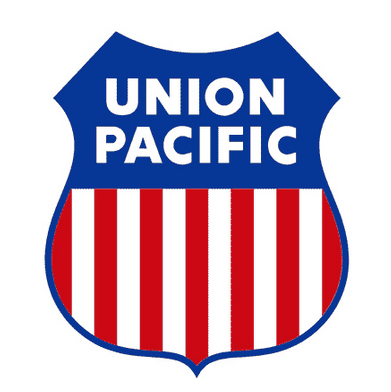
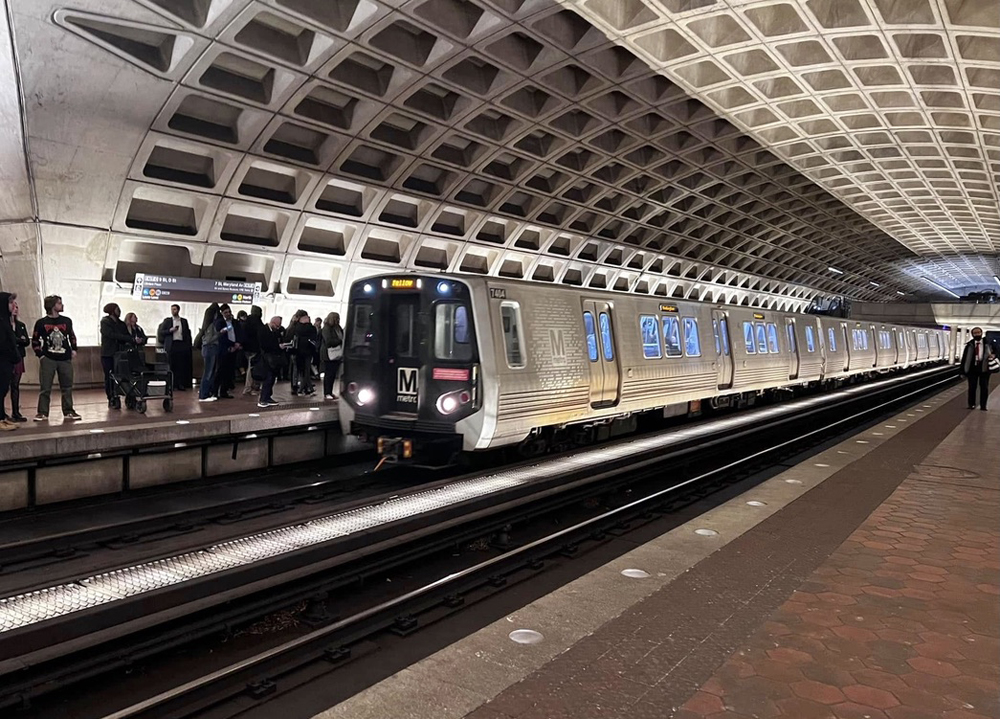
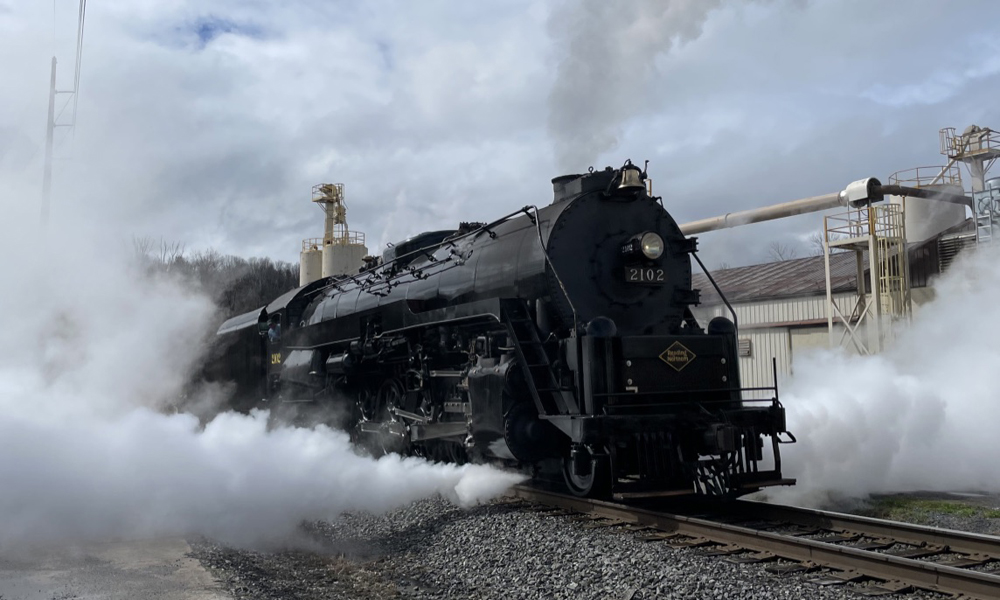




CORRECTION: My statement about the UP History by Maury Kline was wrong. It is actually Volume 3 that goes into detail about the crisis of SP in the lay 90’s, not volume 2.
Jf Turcotte, there was more than just issues of closing down the satellite yards in Houston and focusing traffic through Englewood. A very large part of the issue, in addition to the yard closures was the various labor agreements that SP had in the region, plus a severe power shortage. (Check out Muary Kline’s book: UP History Vol. 2 for more in-depth details.)
As for the PNW, since most of the traffic goes east of Chicago, if the classification work can be simplified by working it out of North Platte, then cars can move faster. (THAT’S THE THEORY.) In practice, though, if there is a very large flow of traffic coming from the PNWand Canada going to points east, then a hump becomes very necessary, since block-swap-switching cannot accommodate 1,500+ cars a day efficiently. CP and CN both learned real quick after Harrison that in spite of higher up front costs, in the LONG TERM, a hump can save a lot of money when used right. UP will have to find out whether or not their little experiment in the PNW will be beneficial, or bite them in a nasty way. We shall see in time.
Remember how the 1997 melt-down started: by closing two satellite yards in Houston and choking Englewood to death by stuffing it with more cars it could physically handle. Judging by the early results of UP’s “experiment” in the PNW, this could well happen again.The obvious solution would be to do MORE work at Hinkle and reduce operations at minor PNW yards ill-suited for this kind of operation.
Remember, CN tried twice to close Symington yard in Winnipeg under intense pressure from Harrison’s minions. Today, the yard is still operating, is as busy as ever, and CN is doing overall well.
Very confusing statement: The thought was the best the hump in Pine Bluff can do was 1600 cars a day but with planning it can do 2500-2600. They said they need 1800 cars a day to be efficient. And they are closing it when it could handle 2600???? That doesn’t make sense.
This makes allot of sense. John Kneiling ranted for decades about getting ride of hump yards (and yards in general).
Well, on the bright side… If none of this works out Trains Magazine can look forward to all the future stories of hump-yards being built again.
https://blogs.conceptfirst.com/2015/02/01/great-dilbert-cartoons.html
I wonder how easy it has been (probably still ongoing and painful) to change NLR’s northbound directional classification role to bidirectional to accommodate what Pine Bluff used to handle southbound.
And why is NLR somehow better situated than Hearne/Brazos for classifying traffic to/from Texas and Mexico, the fastest growing carload volume points on the entire railroad? I thought it was all about reducing handling until as close to the origin/destination as possible. Certainly there’s more handling at places like Englewood, Livonia, Davidson/DFW and SoSan. Perhaps Brazos could relegate all of them to flat switching.
About the only thing I can agree with is expanding the siding capacity on the Sunset (even though closing all 2MT gaps would be even better) to support that new Santa Teresa centric aggregation strategy. But then why is the capital budget so zero sum if Brazos can reduce overall costs (and quite possibly improve capacity and service) in a region of huge carload growth? It’s certainly been studied to death by now in Omaha as many times as this yard has been on and off again…
North Little Rock is on ex MP, Pine Bluff is on ex Cotton Belt.
So Hinkle is illustrative. Reading posts from another railfan (plus working railroader) site, Hinkle is a small hump so possibly appropriate for closure from the throughput perspective.
But its closure is forcing classification of considerable CP interchange traffic bound for various western points on UP to occur in places like East Spokane, Eugene, Pocatello and (where huge meltdowns are occurring) Albina/Portland.
So the evolving solution is to institute Pocatello-Ogden-West Colton trains to relieve Albina and Eugene of having to flat switch classify the Canada<->SoCal traffic. Meanwhile all service to the PNW suffers badly. Although this might settle into something that resembles “service” at some point, a la CSX. No idea if CP preblocks this traffic for UP (or vice versa) but if not that’s even more “work events” at places like East Spokane (or Albina) likely not designed for that volume.
I therefore think Vena’s statement that Hinkle doesn’t have “a lot of local traffic” is highly disingenuous. Neither does North Platte and neither would Hearne/Brazos. But what those locations do have (or would have) is volume and (in the case of from scratch modern Brazos) modern lower cost throughput (a la NS Moorman in Bellevue).
What those two yards (as well as Hinkle) have is lower cost real estate for expansion. Such expansion could and should relieve urban sites like Albina (or West Colton or Proviso). This would free up that land for maker share GROWTH in the key domestic intermodal segment. I was recently in Portland and observed a HUGE 3×2 Chicago Z train being assembled on the north end of cramped ex-Espee Brooklyn Yard. It took hours as the train needed to be at least tripled and maybe quadrupled (I changed my vantage point twice) in order to build the train. And blocking neighborhood crossings in the process. Maybe that train would be better off originating and terminating at Albina as UP PNW intermodal used to before UP+SP. Also freeing Brooklyn for more I-5 corridor expansion.
That is, if financialization permits any of it.
Tom, He said with some “changes” they’re able to hump over 1,800 cars per day maximum. LR Hump is still open.
Vena’s statement can be construed to mean UP only wants traffic that goes from LA to Chicago and no traffic that originates or terminates at intermediate points.